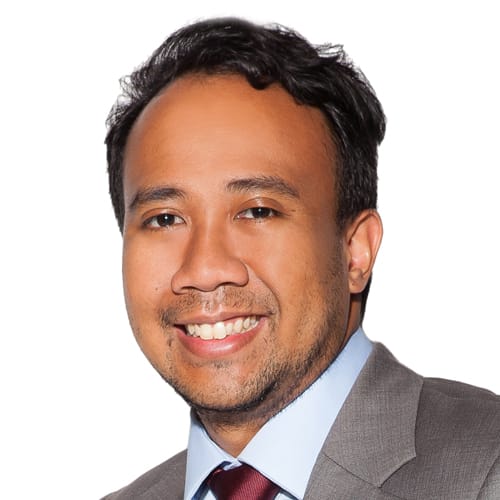From drunks falling into the river to terrorist threats: How police keep the New Year’s Eve countdown safe
“What makes this event unique is at the snap of a finger, the situation changes,” said Assistant Commissioner of Police Gregory Tan, who is responsible for the safety and security of 500,000 people expected at the event.
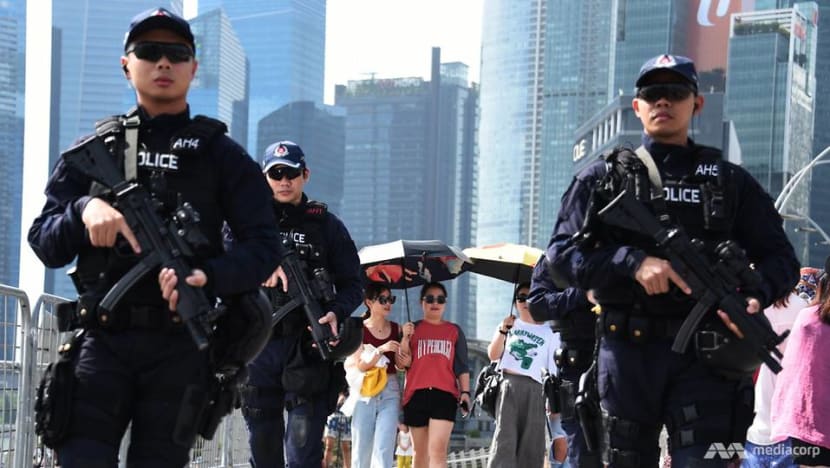
Police officers from several units including the Emergency Response Teams stand ready to respond to any incident at the Marina Bay New Year’s Eve countdown. (Photo: Try Sutrisno Foo)
SINGAPORE: By 3pm, the photographers would have planted their tripods on the ground, reserving the best spots for capturing the colourful fireworks that would later crackle through the night sky.
From then till 8pm, the Marina Bay area – for many years the focal point of the annual countdown on New Year’s Eve – would be relatively calm. People would be having their dinner, checking out the carnivals and shows slowly springing to life. Some would head home to avoid the crowds that will throng the area.
Deep in the bowels of Marina Bay Sands, in a command post surrounded by 30 police officers and dozens of screens showing live camera feeds and displaying important information, Assistant Commissioner of Police (AC) Gregory Tan, 36, would be preparing for a long night ahead.
Security preparations for this night have been six months in the making. The police would have engaged stakeholders - hotels, malls and event organisers - on their planning considerations and how to best manage them. It is a fine balancing act ensuring their security plans are robust but not too onerous.
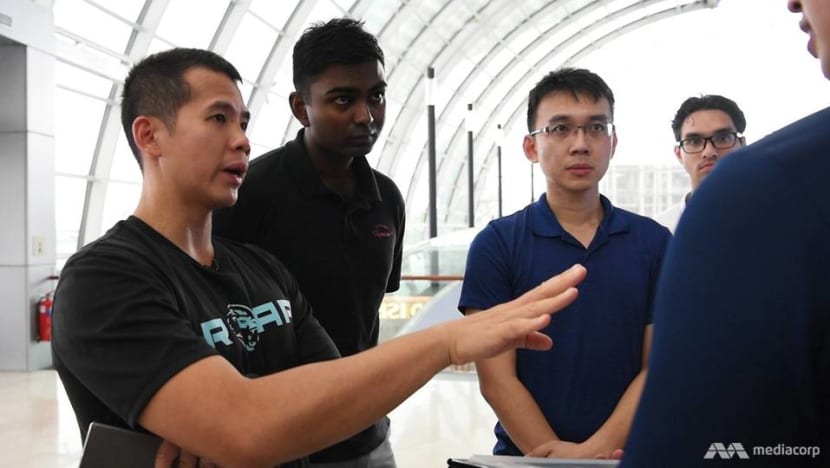
“It's a celebratory event,” AC Tan told CNA, detailing how he expects the security operation to unfold on New Year’s Eve. “We want the members of public to be able to enjoy themselves and have a good time, that's quite important. But beyond that, our role is to make sure that they can do so as safely as possible.”
Earlier in the day, his officers would have conducted a final briefing on the ground, running through various duties, considerations and contingency plans. Now, the officers would be having some downtime, in anticipation of a relentless, 12-hour shift that would only end past 2am.
In the command post, AC Tan would have bought bubble tea – something he says is different from the usual beverages – for his colleagues so they can all stay alert.
While it might look like a mundane task, monitoring the camera feeds is critical. Along with officers on the ground, they are the "eyes" of the command post which assesses and acts on each incident – from a drunk person falling into the river, to someone with a knife wreaking havoc in a crowded area. “We try to marry the different sense-making systems so that we can make a good decision (on our next move),” AC Tan said.
These decisions are not to be taken lightly. AC Tan knows he is responsible for the safety of 500,000 people who are expected to flock to the area through the night.
“The commander, unfortunately, is responsible for everything, down to whether officers eat, whether they fall sick, to the actual operational plan,” he said with a smile. “We take that responsibility very seriously.”
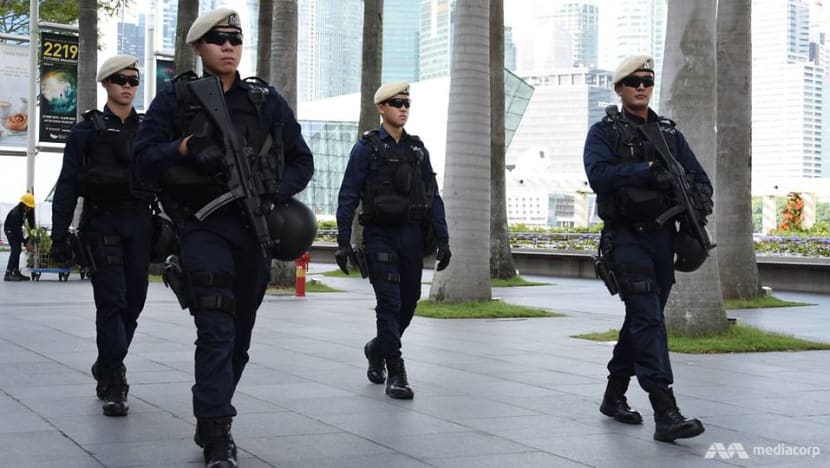
The MRT stations in the area will be monitored by Public Transport Security Command officers as they are potential stampede and suffocation points when revellers rush home past the stroke of midnight. Protective Security Command officers will be on foot patrols among the crowds, looking out for suspicious characters. Police Coast Guard officers will trawl the Singapore River, making sure that no one pulls off a sneak attack. They will also be on hand to help anyone who falls into the water.
“The amount of contingencies that we go through, sometimes people think it’s a bit ridiculous,” AC Tan said.
Due to the sheer scale of the operation, officers from the Jurong Division would be roped in to help. And together with the Traffic Police and Special Operations Command, AC Tan said the countdown is one of the police’s largest routine deployments next to the National Day Parade and Formula One race.
The number of officers deployed in an area generally depends on the number of people there. A high-profile event attracting more crowds would naturally require more officers to maintain a presence. But deployments are fluid, and there are quick response officers on standby to attend to major incidents.
“You never know what to expect,” AC Tan said. “It does get a little bit nerve-wracking, especially as the clock ticks towards midnight, because you don't know which direction people will turn. So as much as we hope for the best, we plan as thoroughly as we can to make sure that we can achieve the best outcome.”
THE LOCK DOWN
At around 9pm, the crowds would start coming in thick and fast, reserving the best spots near the Float, Esplanade and Promontory. AC Tan said it is a crucial period for officers as they decide which sectors to lock down. This means barring people from entering an area that’s already getting too crowded for comfort and safety.
“We don’t do this frivolously,” he said, stating that it is a “stressful” situation for officers who could be “challenged” by people who just want to get to the best spots. “We only want to make that call when we need to.”
Before this, the police would have worked with event organisers to decide how many people a sector can hold, based on factors like land area, expected attendance and infrastructure like roads and exits.
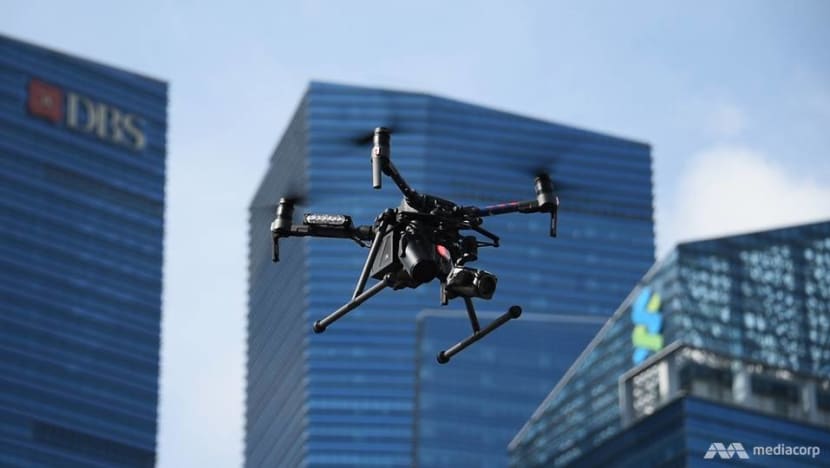
“Aside from that is the risk that medical emergencies can happen. When it does happen, we need to ensure that they're able to get treatment as quickly as possible. And it can be very difficult if an area is chock-full of people. You can't move in, you can move out. If someone collapses, they can't get access to help.”
Having learnt some lessons from last year’s event, the first time he commanded this operation, AC Tan said this time he wants to better manage the crowd situation in areas near the Marina Bay Sands and Bayfront MRT station, where some of the most popular events are held.
“We are increasingly mindful that more and more people are coming down,” he said, pointing out that organisers are becoming more ambitious with their events and are trying to “outdo themselves”. “We are literally running out of space to put people.”
To manage crowd capacity better, the police are working with private hire companies like Grab and Gojek to see how their apps can be used to better inform drivers and passengers about which areas to avoid. This is on top of the usual signs and barricades on the ground and Facebook updates.
“The last thing we want is for the public to come at 11.30pm thinking that they can find a space at the Marina Bay boardwalk, only to come out of the MRT station to be disappointed because it's just too crowded and you can't get out,” AC Tan added.
THE TERRORISM THREAT
Ensuring crowds are managed well is also important because these places can attract “malicious actors who are interested in the congregation” of people, AC Tan explained.
“We know festive events have been targets overseas,” he said “And that's why we are also very mindful to make sure that we do have sufficient measures in place. And we're not complacent that Singapore is a safe place."

The commander said a terrorism attack is one of the things he fears the most because Singapore is “untested”.
“Our officers are well-trained,” he said. “We've put them through contingency exercises to build up their preparedness, we do hope that they're able to respond quickly and well but that is possibly our biggest fear and something that that you can’t predict.”
If there is a terrorism attack, AC Tan warned that officers on the ground will not even have time to turn to the command post for guidance.
“If someone's wielding a knife, (or) drives a car through, they have to make the decision – shoot or not shoot. They are trained to do that,” he said. “They have been tested through exercises and we have confidence that they'll respond well and rise up to the challenge.”
When AC Tan was asked how ready he would be to jump in and manage the situation as commander, he said it was akin to “being a father”. “You can never be fully prepared,” he added. “But when that moment comes, you just have to step up. I think that's the philosophy you also have when it comes to public security.”
THE POLICING
While they are prepared to deal with the most serious of situations, AC Tan said officers can expect something as petty as scuffles over stealing someone else’s reserved spot. And according to him, the most common incidents are people losing things or getting lost.
“I think nothing brings joy to officers as well as the public as when we reunite persons who are missing with their family, especially when they're young or old,” he said.
AC Tan said other potential incidents include “a very drunk person who is a bit too happy, may get upset at people around him and may pick fights and cause public disorder”.
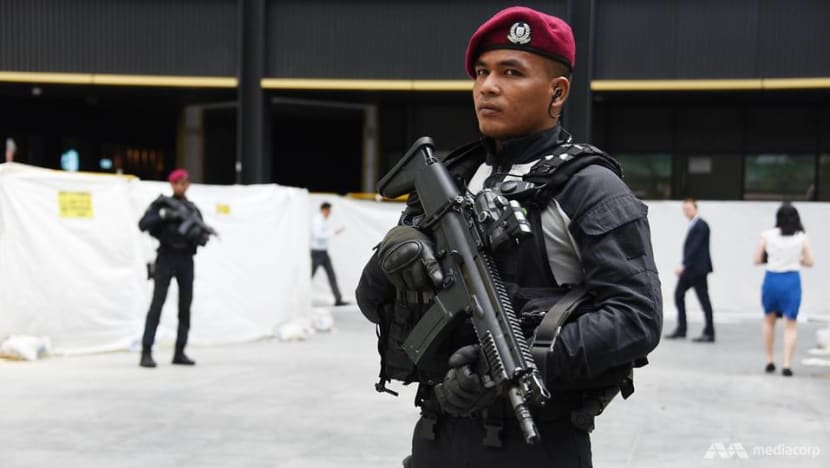
“I think we do not want to impede their ability to celebrate, and to commemorate the turning of the year,” he said. “So we generally let people do whatever they want, as long as it is not illegal and doesn't cause risk to themselves or the people around them.”
But AC Tan said it doesn’t mean officers will be more lenient on such a festive day.
“Of course, if there really is a need to arrest someone for an offence, if they have crossed a certain line and put themselves or others in danger’s way, then I think we have no qualms arresting the person,” he added.
But he doesn’t recall officers making any arrests at last year’s event, stating that things went smoothly on the policing front.
THE TRANSITION
At 11.30pm and primed in their spots, the crowds would get more boisterous as the clock ticks closer to midnight. Behind the scenes, police officers would be preparing for a quick transition from entry to exit.
Barricades would be moved and signs put up to advise the public which route to take. Officers would be quickly deployed to potential bottleneck areas, like underground passageways where things can get stuffy and uncomfortable. Escalators would be stopped and fare gates toggled to facilitate more traffic into the train platforms.
“What makes this event unique is at the snap of a finger, the situation changes,” AC Tan said. “From trying to squeeze in, the moment the last firework stops, everybody turns around and runs. So I think that's where we need to be able to transit quite quickly and smoothly.”
Soon after midnight, the mass exodus – or the “Cinderella effect”, as AC Tan puts it – would start.
Again learning from last year’s event, AC Tan is planning to divert crowds rushing into Bayfront MRT station to other exit points, like the one near Gardens by the Bay. At the platforms, signs would point commuters to alternative stations with smaller crowds.
“So there’s a lot of activity that’s going on then, and that’s when the blood pressure rises the fastest,” he said. “Officers need to be on their feet to address any changes and be flexible with the plan depending on what happens on the ground.”
THE AFTER PARTY
The operation would only officially end when crowd levels return to normal, regardless of how long the dispersal takes. Officers have stood down as late as 5am.
But the night would just be starting for another group of officers, who would be tasked to patrol nightspots in areas like Circular Road, Beach Road and Chinatown. These officers, also from the Central Division, were not involved in the countdown operation but are being deployed on the graveyard shift.
“I think for after parties, the drunken crowd is a problem,” AC Tan said. “And generally when people are drunk, disputes take place a little bit more often. So that is a very busy period for us as a division and that’s something that we do police very carefully.”
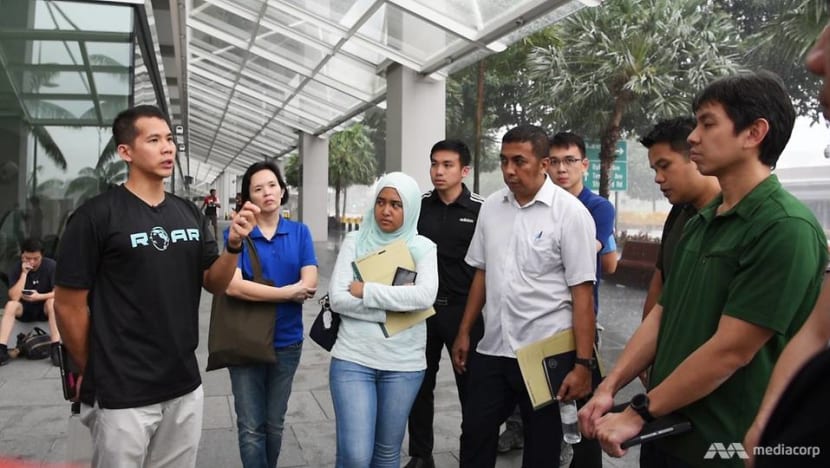
Also making their presence felt on the ground would be senior ranks from Central Division like AC Tan, who were part of the countdown operation but must immediately resume normal duties because they also oversee day-to-day operations.
“For commanders, being responsible leaders, you would then come back, change into the attire for anti-crime duties, and then go out with the rest of your officers to police these nightspots till 6 or 7 in the morning until things quieten down,” he said. “It’s a tough job.”
Beyond the fatigue, AC Tan conceded that many officers in his division miss out on spending festive occasions with family simply because many festive events are held in locations under their jurisdiction.
“That's when family understanding is very important, because often officers are taken away during those joyous events from their families,” he said.
For officers who are deployed on their birthdays, they make it a point to celebrate with cake after the shift ends. He said some even volunteer to work on such occasions because they’d like to “handle the major operations with their friends”.
For AC Tan, whose three-year-old son is born on Dec 31, it would be the second time dad is missing his son's birthday.
“My son is not old enough to kick up a big fuss,” he said, laughing. “At this point, he’s way asleep before the countdown anyway. The larger family understands that we have to celebrate his birthday on another day. It’s something all officers face.”









